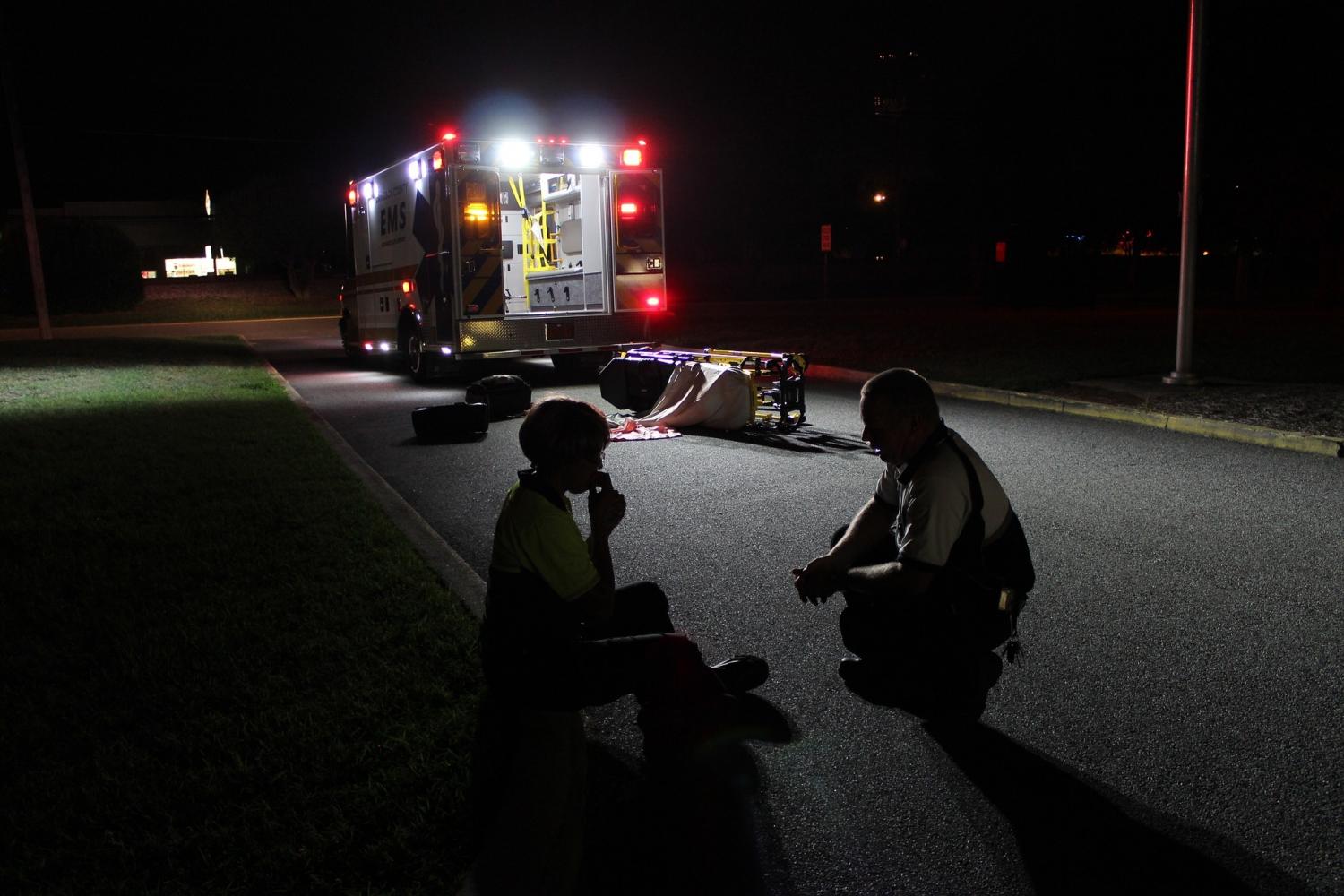
High rates of emergency and police services signal many adults and adolescents with autism in Canada are in crisis
By Yona Lunsky and Jonathan Weiss
Canadians routinely complain about the long wait times at hospital emergency rooms across the country – and health policy experts have long flagged the high costs associated with emergency services and the impact it has on the finances of our publicly funded health system.
What’s often lost in these discussions are the ways we can reduce emergency room and hospital use by providing better health and community services upstream to those who need them most. One such group, our recent research uncovered, is adolescents and adults with autism.
Our study, recently published in the BMJ Open and in the Journal of Autism and Developmental Disorders, followed 284 families with an adolescent or adult with autism for 12 to 18 months. We checked in with the families regularly to see whether or not they used emergency services during that time period, focusing on police and hospital emergency departments.
The results were staggering.
We found that nearly one in four adolescents and adults with autism visited the hospital in an emergency situation and one in six had a police interaction over that time period.
The strongest predictor of emergency department use over the course of our study was whether the individual had at least one emergency visit in the prior year. This was the case for both medical and psychiatric emergencies.
The risk for emergencies was also heightened for families who had experienced significant stressors or life events in the previous months and were in high levels of distress at the outset of the study.
In other words, there was a certain predictability to who might end up using emergency services well before they sought them out.
The study is a reminder, as other studies have previously signaled, that health and social supports for adolescents and adults with autism are often inadequate across the country and not meeting the needs of families. As a result, autism families too often face crisis.
So what could we offer these families before a crisis occurs? And what would happen if we invested resources in every family after their first emergency? Could repeat visits be prevented or at least planned for?
Federal and provincial ministries of health, education and social services would do well to improve proactive supports to this too often neglected population. At present, services for autism across the country are frequently fragmented and crisis-driven.
Our study also flagged a lack of autism training by emergency service providers.
When adolescents and adults in our study needed emergency services, the experiences were not always positive – which likely means the outcomes were not always as optimal as they could be. Long wait times in the emergency department, a perceived lack of helpful outcomes and physical or medication-based restraint were among the many negative experiences that parents in our study reported.
We can do more to best serve people on the autism spectrum when emergencies occur. To help contextualize services, training efforts need to focus both on understanding and acceptance of autism and not be focused solely on the crisis event.
If police and emergency personnel are to help keep everyone safe, we must make sure that individuals with autism and other disabilities, along with their families, feel comfortable with and trust emergency services to understand and be sensitive to their unique situation.
Some of the best solutions come from working in partnership with individuals and families affected by autism. There’s a fire fighter in PEI with autism who is training her colleagues on how to search for and support kids with autism in crisis. There’s a Toronto police chief dad who has learned about autism from his son.
In some places in Canada, there are Vunerable Persons Registries for police to access. There are also ‘Crisis Cards,’ ‘About Me’ forms and ‘Hospital Passports’ — communication vehicles designed to help the interaction between families and providers to be as informed as possible.
Unfortunately, many service providers and families do not know such resources even exist.
At a grassroots level, families need individualized supports that match a person’s degree of need, with sufficient intensity and consistency. There is no one-size-fits-all approach. At a national level, stakeholders have called for a national autism framework to generate, collect and promote evidence-based solutions to address such complex problems.
It’s time for us to invest as a community in educating patients, families and emergency service providers and improve emergency outcomes for those with autism. Better yet, let’s get autism families the social and health supports they need to avert many of these crises in the first place.
Yona Lunsky is an expert advisor with EvidenceNetwork.ca, a Professor at the University of Toronto Department of Psychiatry, and the Director of the Health Care Access Research and Developmental Disabilities (H-CARDD) Program at the Centre for Addiction and Mental Health.
Jonathan A. Weiss is an Associate Professor in the Department of Psychology, a Clinical Psychologist and holds the Chair in ASD Treatment and Care Research, funded by the Canadian Institutes of Health Research in partnership with Kids Brain Health Foundation, Sinneave Family Foundation, CASDA, Autism Speaks Canada and Health Canada.










